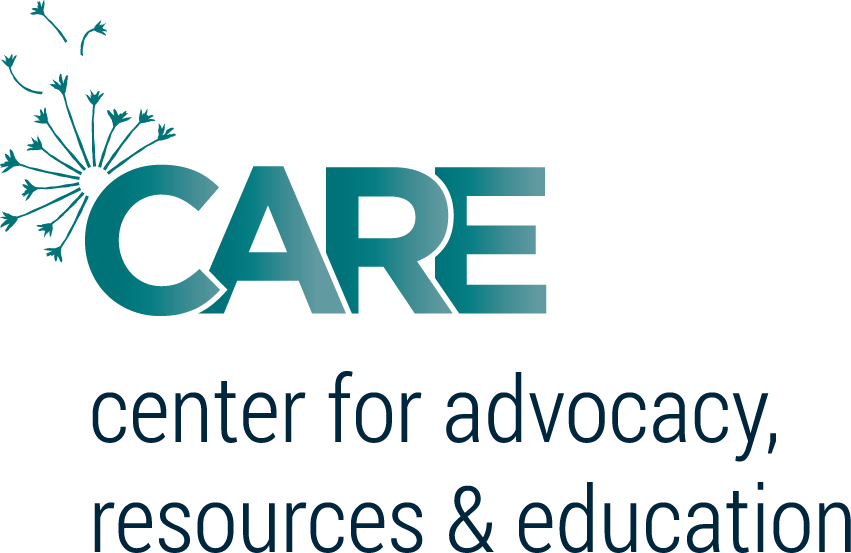Getting Help for Intimate Partner Violence
Intimate partner violence (also sometimes called dating or domestic violence/abuse, or relationship violence/abuse) is a pattern of abuse that may take many forms, including physical, sexual, emotional, financial, and spiritual abuse. Some forms of abuse may also be violations of UC policy or California law. More information about intimate partner violence and its forms of abuse can be found in “Definitions”.
It is not uncommon for individuals who are experiencing intimate partner violence to take some time before attempting to leave their abusive partner. In fact, many victims of intimate partner violence will attempt to end the relationship several times, possibly even leaving the relationship briefly, before ending the relationship permanently. This period of time, where the victim is attempting to leave the abusive relationship, can be very scary and even dangerous. Safety planning is an important consideration, and should be tailored to each victim’s unique needs.
An advocate or counselor may be able to assist you in creating a plan for safety. The plan should include considerations for:
What to do when there is an assault currently happening
What to do when planning to leave
How to stay safe after leaving
Go to the “Talk to an Advocate” section to learn more about how to connect with a confidential advocate.
Getting Help for Stalking
Stalking is unwanted and repeated behavior or “conduct” that is directed at a single person, where that behavior would cause a reasonable person to feel afraid. More information about stalking can be found in “Definitions”.
Stalking behaviors can have a profound impact on the victim: increased anxiety, hypervigilance, anger, etc. Victims often know the individual who is stalking them, and may have even been in a previous relationship with them. Stalking victims may hold off on reporting the unwanted behavior for weeks, months, or even years, as they attempt to handle the behavior on their own.
If you are experiencing unwanted behaviors from an individual either known or unknown to you, which are making you feel fearful or anxious, there are some things you can do:
If you are in immediate danger, call 911.
Trust your instincts. Don't downplay the danger. If you feel you are unsafe, you probably are.
Take threats seriously. Danger generally is higher when the stalker talks about suicide or murder, or when a victim tries to leave or end the relationship.
Contact a confidential victim advocate who can help you understand your rights and options, and can assist with creating a safety plan. Go to the “Talk to an Advocate” section to learn more about how to connect with a confidential advocate at CARE.
Don't communicate with the stalker or respond to attempts to contact you.
Keep evidence of the stalking. When the stalker follows you or contacts you, write down the time, date, and place. Keep emails, text messages, phone messages, letters, or notes. Photograph anything of yours the stalker damages and any injuries the stalker causes. Ask witnesses to write down what they saw. Click here to download a stalking incident and behavior log.
Contact the police. The stalker may also have broken other laws by doing things like assaulting you or stealing or destroying your property.
Consider getting a court order that tells the stalker to stay away from you.
Tell family, friends, roommates, and co-workers about the stalking and seek their support.
*Source: Stalking Awareness Org
Cyber Stalking
Stalking behaviors are not limited to in-person or real time actions. One way in which perpetrators stalk their victim is through the use of the internet and other electronic means such as cell phones, laptops and some bluetooth/smart devices. This technology-based abuse is sometimes referred to as “cyber-stalking”. Examples of this type of abuse may include:
Harassment or threats via the internet (Zoom chat, social media, email, etc.)
Tracking or monitoring through the use of GPS or software installed in cars, cell phones, or cameras.
Accessing or hacking into email or other online accounts to pose as you or to monitor your interactions with others.
Posting threatening or personal information about you on the internet; may include nonconsensual image sharing
If you are concerned about behaviors you are experiencing while online or the integrity of your devices, an advocate can assist you in completing a risk assessment, collecting evidence, safety planning and accessing resources. Go to the “Talk to an Advocate” section to learn more about how to connect with a confidential advocate at CARE.
More information about technology abuse and safety can be found in “Cyber Safety”.
